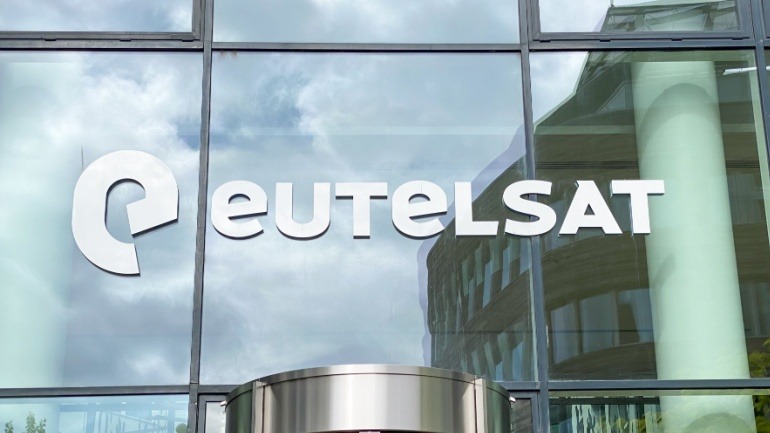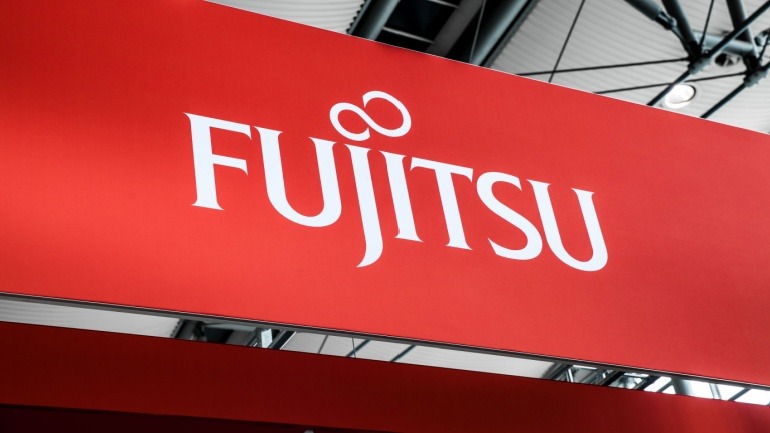VOX Solutions has been chosen as the exclusive gateway for Claro Ecuador’s international A2P SMS and voice traffic. This collaboration leverages the VOX-360 platform, optimized for A2P SMS monetization and anti-fraud protection, enhancing Claro’s communication integrity.
Vodafone Group has made a strategic leadership change by appointing Microsoft veteran Pilar López as their new Chief Financial Officer. López, with extensive experience in telecom and technology, joins Vodafone’s team, signaling the company’s commitment to integrating innovative tech insights.
The US Department of Transport’s ‘Brand New Air Traffic Control System Plan’ aims to revolutionize communication infrastructure with state-of-the-art telecoms technology. By deploying advanced fiber, wireless, and satellite solutions, it includes 25,000 new radios and 475 voice switches.
Eutelsat has named former Orange CEO Jean François Fallacher as its new Chief Executive Officer, marking a strategic push into the telecom sector. With global experience and a strong track record, Fallacher steps in as Eutelsat finalizes its OneWeb merger and deepens involvement in Europe’s IRIS² initiative for space autonomy.
Cerillion 25.1 transforms telecom operations with its advanced Promotions Engine and AI-powered assistants, enabling personalized, real time campaigns and intuitive customer experiences. Designed for agility and ease, the suite empowers communications providers to boost engagement, streamline sales, and maximize revenue without heavy technical effort.
Digital Catapult joins a major Horizon Europe-backed 6G initiative to advance smarter, faster, and sustainable networks. Collaborating with global leaders like Samsung and Nokia, the project explores AI integration and Open RAN technologies.
Josh Etheridge, co-owner of a Louisiana broadband firm, warns that delays in the BEAD program are crippling rural infrastructure progress. His company, ready since January, has laid off workers and halted projects. Etheridge urges federal action, saying communities and jobs hang in the balance while bureaucratic slowdowns stall critical broadband deployment.
Octopus Group is set to disrupt the UK mobile market by launching a MVNO through its telecom investment branch, Fern Trading. Targeting telecom giants like EE, Virgin Media O2, Vodafone, and Three, Octopus aims to enhance its telecommunications portfolio.
Fujitsu Limited will launch 1FINITY on July 1, 2025, unifying its network products to drive innovation in optical transmission, vRAN development, and 6G research. This bold move strengthens Fujitsu’s global presence and aligns with its strategy to expand digital services by 2030,
India’s telecom operators must report all Chinese-made equipment still active in their networks, as part of a security review targeting firms like Huawei and ZTE. The move aims to limit future reliance on untrusted vendors while allowing existing systems to operate under strict oversight amid rising geopolitical and trade tensions with China.













